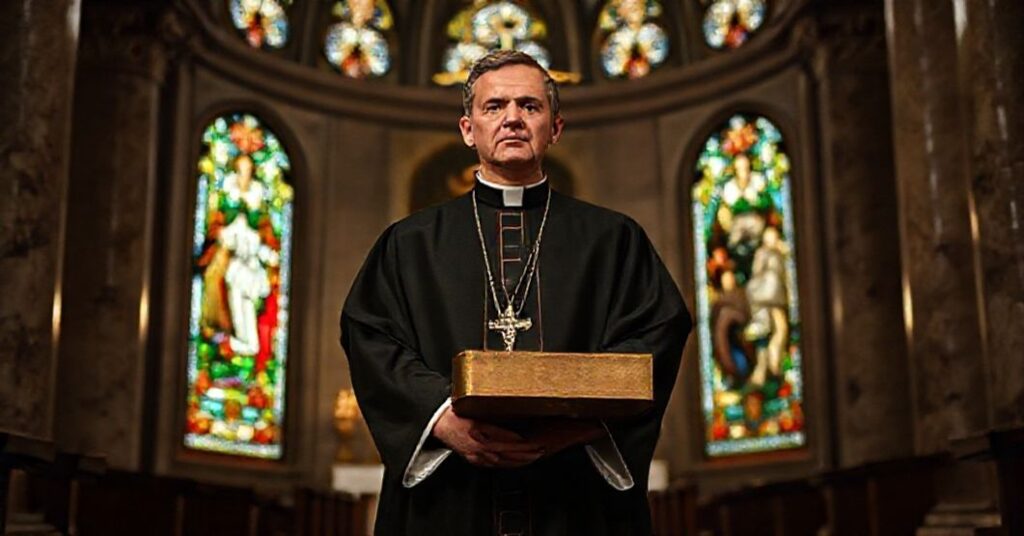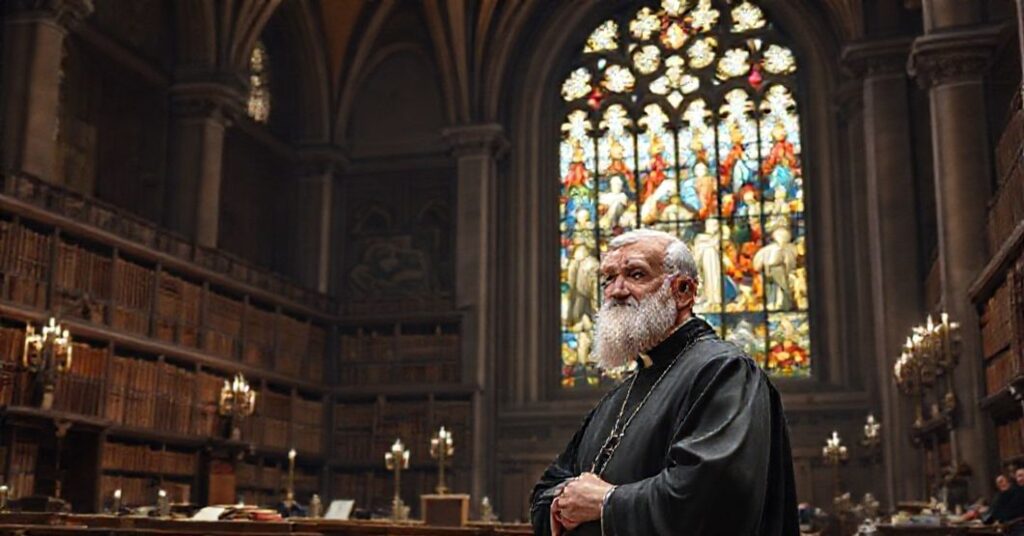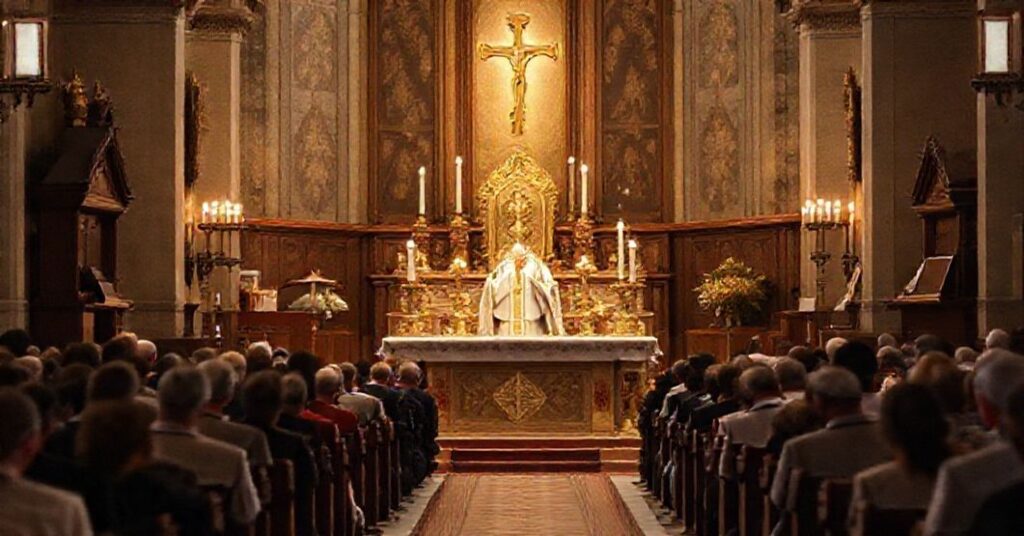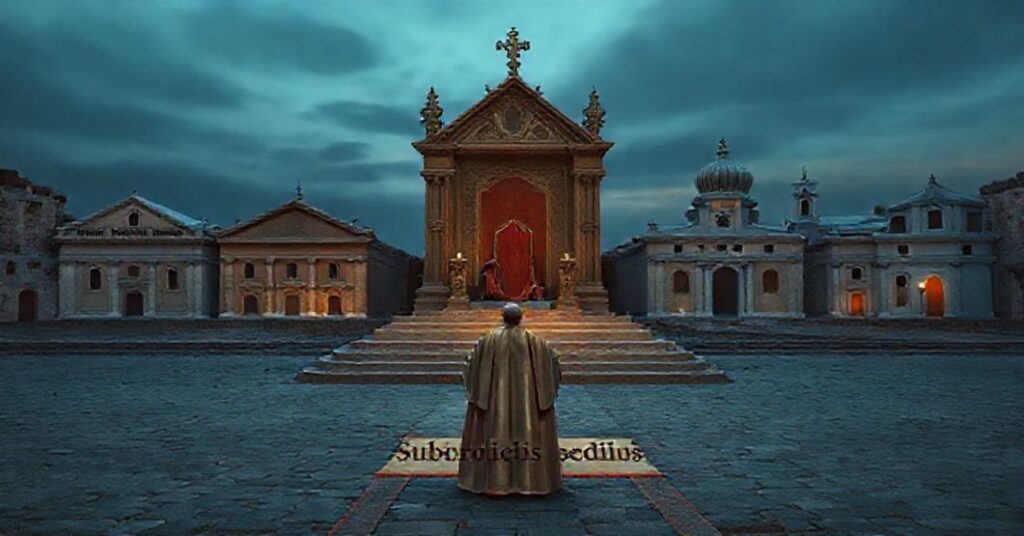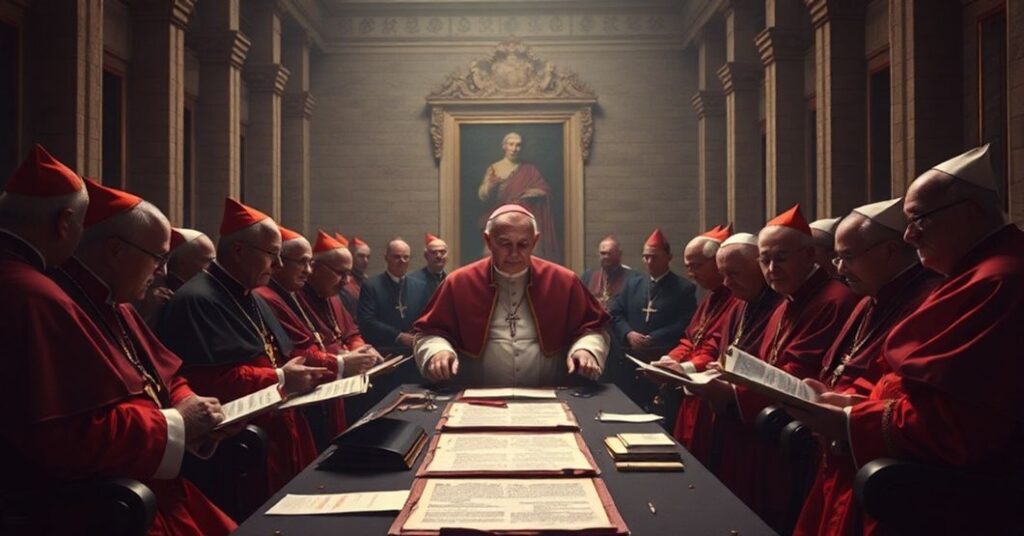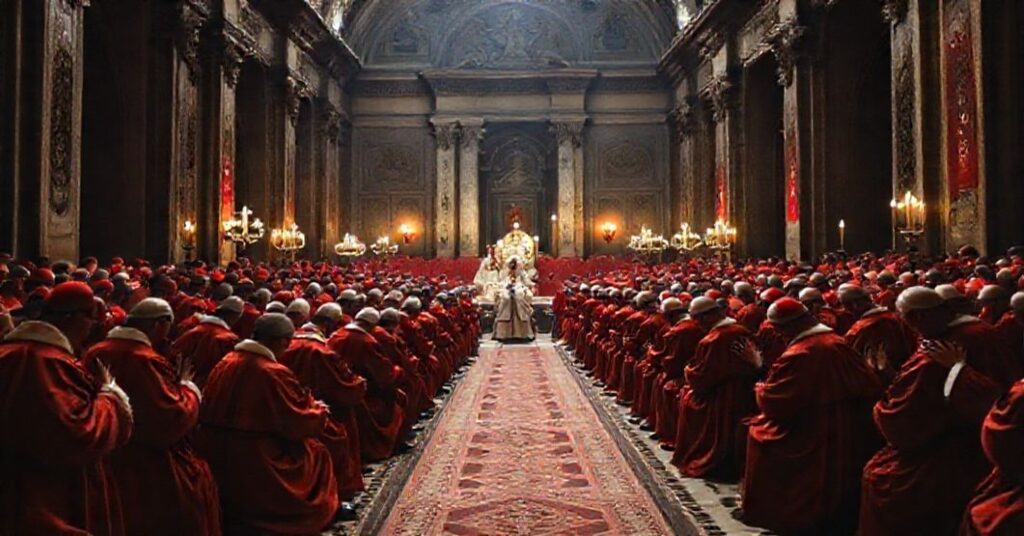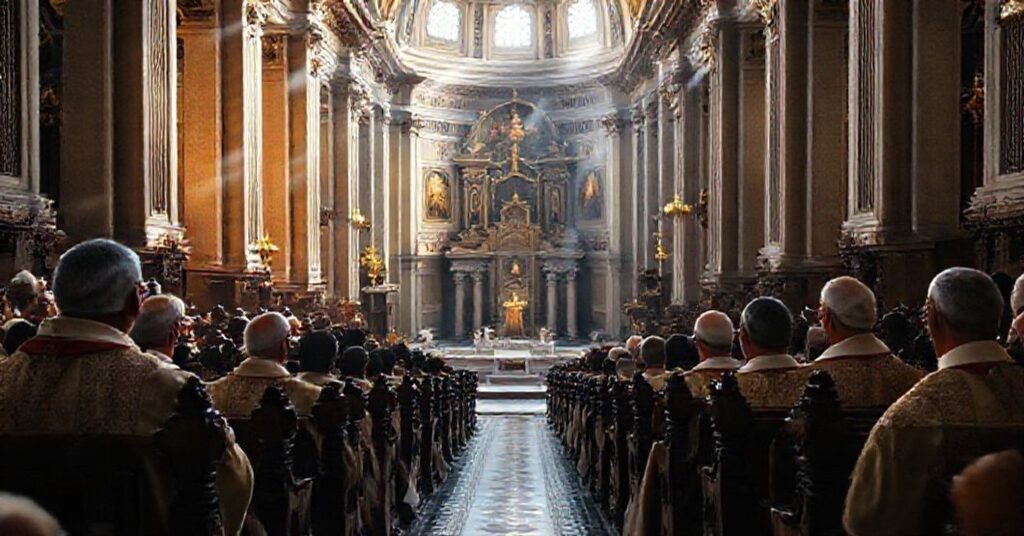Divini pastoris (1958.11.12)
John XXIII’s motu proprio “Divini pastoris,” dated 12 November 1958, is a brief decree in which the newly elected claimant, styling himself “Ioannes PP. XXIII,” grants to the ecclesiastics who served in the recent conclave (officials and conclavists accompanying the cardinals) two main favors: first, the privilege of a portable altar (altar portatile) under canon 822 §3 of the 1917 Code, with some restrictions (not on major feasts or other days excluded by the local Ordinary); second, a one-time free reception of apostolic letters and provisions for any benefices granted to them. The text is framed as an act of paternal benevolence of the “Divine Pastor” newly raised to the “throne of the Supreme Pontificate,” rewarding conclave clerics with spiritual and juridical privileges in recognition of their service.

